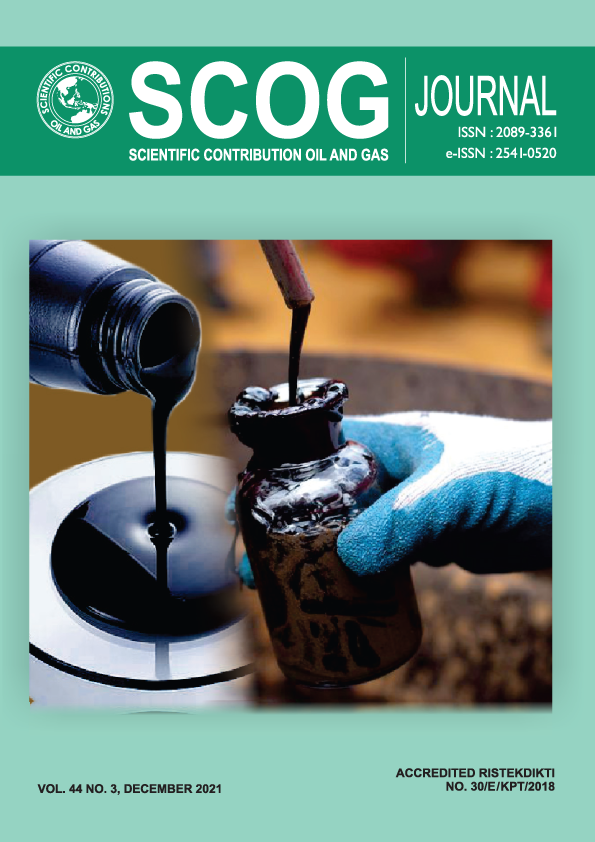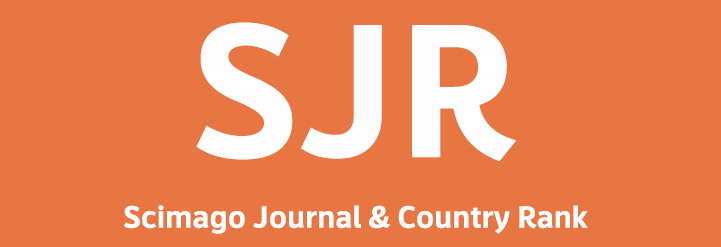Feasibility Study and Technical Optimization by Implementing Steam Flooding for the Field Development Plan of A Heavy-Oil Field in Yemen
DOI:
https://doi.org/10.29017/SCOG.44.3.711Keywords:
heavy-oil, enhanced oil recovery (EOR), steam flood, recovery factor (RF), net present value (NPV), CMOSTAbstract
Enhanced Oil Recovery (EOR) applications are highly recommended and required in Yemen to maintain stable levels of oil production. The field selected for this research is located in Yemen, where relatively- thin sandstone reservoirs are dominant at moderate depths. The reservoir is highly undersaturated with an API gravity of 14.2 and a very low solution gas-oil ratio (GOR), initial oil viscosity (uo) of 420 cP. The reservoir is naturally producing with the support of a strong water drive at the bottom, however, the increase in water cut poses a disadvantage for this reservoir. Over time, the oil production will decline and development plans will be required to improve the oil recovery. This research aims to optimize oil recovery factor and the interest in the overall project economy by evaluating the optimization of the steam flood process based on the Stochastic analysis with the highest recovery factor (RF) and the highest net present value (NPV) objective functions. Two optimization techniques have been used to perform the data analysis, deterministic and stochastic approaches. The deterministic approach is carried out by direct analysis on the results of the technical optimization method using the CMG reservoir simulator, while the stochastic approach uses the simulation results from the deterministic approach to determine the most influencing parameter in the steam flood process as well as to optimize the infill and injection wells location, number of steam injection wells and the steam injection rate with the highest oil RF and highest NPV. In this field development using deterministic approach, two producer wells are converted into injector wells. The RF for this initial scenario is 52,34%, and the NPV is 33.10 MM$/STB. For the second scenario using Stochastic approach, CMOST optimization using the maximum RF objective function resulted in RF of 61.33%, and NPV of 43.00 MMS/STB. Finally for the third scenario using CMOST optimization with the maximum NPV objective function resulted in RF of 57.29%, and an NPV of 53.86 MMS/STB. The Stochastic approach with maximum NPV objective function provides the most favorable scenario to be used in the development of Field "AR". And the optimization using the stochastic approach also produces faster, optimum, and more accurate results than the deterministic approach since it forecast a variety of probable results by running thousands of reservoir simulations using many various estimations of economic conditions.References
Ariadji, T., 2017. Esensi & Fondasi Perencanaan Pengembangan Lapangan Migas. Bandung: Institut Teknologi Bandung.
Braden, W. B., 1966. A Viscosity-Temperature Correlation at Atmospheric Pressure for Gas-Free Oils. Journal of Petroleum Technology, 18(11), pp. 1487-1490.
Dinata, M., Arham, M.A., Sudono, H.S., Badar, A., Badr, A., & Mirza, M., 2018. Thermal Recovery Study for Improving Oil Recovery of Heavy Oil Accumulation with Strong Water Drive Mechanism in Sultanate of Oman. Muscat, Oman, Society of Petroleum Engineers.
Elbaloula, H., Jin'e, C., Zichang, T., Wang, Abdelmajeed, M., & Rdwan, M.F., 2020. Feasibility study and numerical simulation to design the steam flooding pilot test patterns. Journal of Petroleum Exploration and Production Technology, 10(5), pp. 2020-2031.
GeoExpro, 2016. GeoExpro. [Online] Available at: http://www.geoexpro.com/arti- cles/2016/04/petroleum-basins-of-yemen [Accessed 11 February 2021].
Green, D. W. & Willhite, G. P., 2018. Enhanced oil recovery (SPE International textbook series). 2nd ed. Richardson, Texas, USA: Society of Petroleum Engineers (SPE).
Haider, W. H., 2020. Estimates of Total Oil & Gas Reserves in The World, Future of Oil and Gas Companies and SMART Investments by E & P Companies in Renewable Energy Sources for Future Energy Needs. Dhahran, Kingdom of Saudi Arabia, International Petroleum Technology Conference (Onepetro).
Hong, K. C., 1994. Steamflood reservoir management: thermal enhanced oil recovery. Tulsa, Oklahoma: PennWell Books.
Khojastehmehr, M., Madani, M. & Daryasafar, A., 2019. Screening of enhanced oil recovery techniques for Iranian oil reservoirs using TOPSIS algorithm. Energy Reports, Volume 5, pp. 529-544.
Molina, A. R. & Rincon, A. A., 2009. Exploitation Plan Design Based on Opportunity Index Analysis in Numerical Simulation Models. Cartagena de Indias, Colombia, Society of Petroleum Engineers.
Mustapha, A., Ageh, E., Maduekwe, E. & Ojulari, B., 2012. Improving Efficiency of Oil & Gas Development through Lean Concept. Lagos, Nigeria, Society of Petroleum Engineers (SPE).
Taber, J. J., Martin, F. D. & Seright, R. S., 1997. EOR Screening Criteria Revisited - Part 1: Introduction to Screening Criteria and Enhanced Recovery Field Projects. SPE Reservoir Engineering, 12(03), pp. 189-198.
Temizel, C., Rodriguez, D. J., Saldierna, N. & Narinesingh, J., 2016. Stochastic Optimization of Steamflooding Heavy Oil Reservoirs. Port of Spain, Trinidad and Tobago, Society of Petroleum Engineers.
Yang, Z., 2013. Production Performance Diagnostics Using Field Production Data and Analytical Models: Method and Case Study for the Hydraulically Fractured South Belridge Diatomite. SPE Reservoir Evaluation & Engineering, 15(06).
Downloads
Published
Issue
Section
License
Copyright (c) 2022 SCIENTIFIC CONTRIBUTIONS OIL AND GAS (SCOG)

This work is licensed under a Creative Commons Attribution 4.0 International License.
Authors are free to Share — copy and redistribute the material in any medium or format for any purpose, even commercially Adapt — remix, transform, and build upon the material for any purpose, even commercially.
The licensor cannot revoke these freedoms as long as you follow the license terms, under the following terms Attribution — You must give appropriate credit , provide a link to the license, and indicate if changes were made . You may do so in any reasonable manner, but not in any way that suggests the licensor endorses you or your use.
No additional restrictions — You may not apply legal terms or technological measures that legally restrict others from doing anything the license permits.














